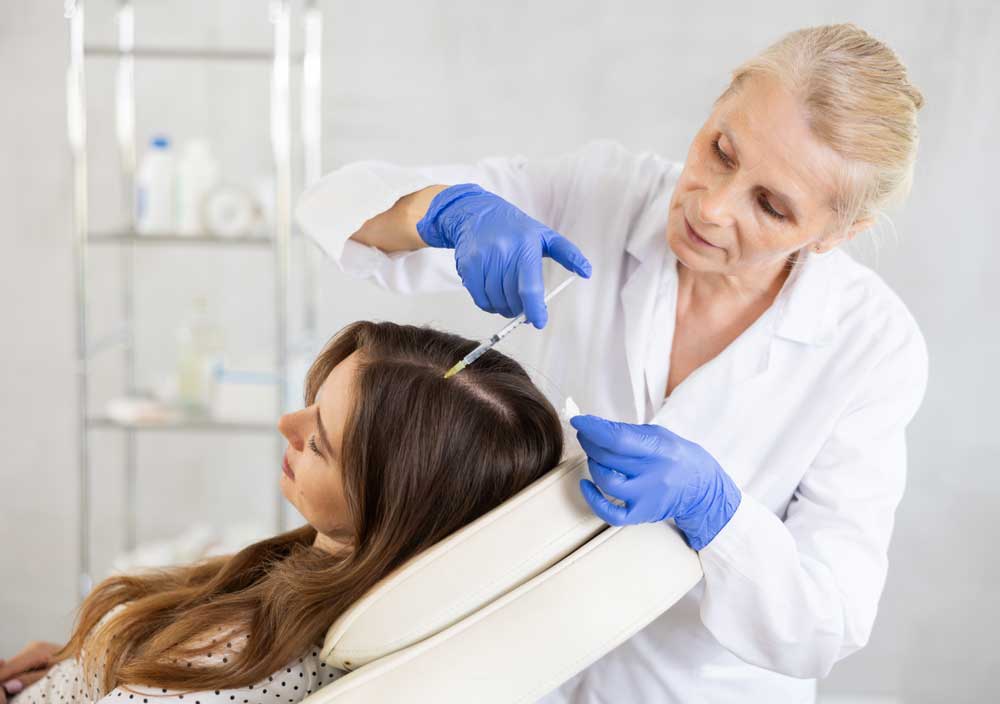We investigated whether transplantation of a three-dimensional cell mass of adipose-derived stem cells (3DCM-ASCs) improved hind limb functional recovery by the stimulation of angiogenesis and neurogenesis in a spinal cord injury. In in-vitro experiments, we confirmed that 3DCM-ASCs differentiated into CD31-positive endothelial cells. To evaluate the therapeutic effect of 3DCM-ASCs in vivo, PBS, human adipose tissue-derived stem cells, and 3DCM-ASCs were transplanted into a spinal cord injury model. The 3DCM-ASCs transplanted into the injured spinal cord differentiated into CD31-positive endothelial cells and remained differentiated. Transplantation of 3DCM-ASCs into the injured spinal cord significantly elevated the density of vascular formations through angiogenic factors released by the 3DCM-ASCs at the lesion site, and enhanced axonal outgrowth at the lesion site. Consistent with these results, the transplantation of 3DCM-ASCs significantly improved functional recovery compared with both ASC transplantation and PBS results. These findings suggest that transplantation of 3DCM-ASCs may be an effective stem cell for the results of spinal cord injuries and neural ischemia.

Why Stem Cell Hair Restoration Is the Future of Hair Loss Treatment
Hair loss can lead to a lot of trial and error. Some people start with over-the-counter products, while others turn

